On Pollen!
In the spring and summer months, you have likely smelled pollen in the air (and maybe sneezed), and have perhaps even seen orange or yellow mounds of pollen collecting on the ground. But what is pollen, exactly?
Pollen grains function as a way for male plants use to fertilize female plants. Generally, pollen gets to its destination by either floating through the air or sticking to another moving object (such as an animal). For a pollen grain, this voyage can be a rough one, so the grains have a hard shell of material called sporopollenin - a biological suit of armor that protects them from high temperatures and pressures, acids, abrasion, and more. These shells often have features that are evolved for a specific function, such as hooks for latching onto surfaces. Sometimes the shells are coated in pollenkitt, a biological glue that helps with their adhesion.
Pollen’s precious cargo isn’t just useful for plant germination; it’s packed with nutrients that could benefit animals as well. But how do you digest something in a hard suit of armor? In the case of pollen, bees are the experts. Although bees are best known for eating nectar and making honey from it, they also collect pollen, mix it with honey and saliva, and store it inside the honeycomb in a dense, nutrient-rich form called “bee pollen” or “bee bread”. The bee pollen is a protein source for hard-working drones, who can crush the pollen grains using their specialized mandibles. When the pollen grains are especially tough, the drones can employ an array of other techniques too. Their guts can subject the pollen grains to a watery environment that causes them to swell due to osmosis and then burst, releasing their contents. Or the bees’ guts can coax the pollen grains into germinating, cracking the shell and making them vulnerable to digestion. Bees really have it figured out!
If you’ve looked through the aisles of your local health food store, you may have seen “bee pollen” or “bee bread” on sale. Yes - beekeepers do harvest it for human consumption, and like honey, it’s a delightfully floral food that possesses the terroir of the place where it was made. But since we’re not bees, can we really digest it? Our stomachs can strip the sticky stuff off the grains for sure, but our stomachs are too acidic to burst or spout the grains the way bees’ do. What we can do, however, is use an ultrasound tool to crack the shells, or go the low-tech route and just soak them in water until they release their contents. Donning our anthropology hats for a moment, it appears that cattail pollen was eaten by the Navajo people of what is now the southeastern USA, by the Cahuilla and Maidu in what is now California, and also by the indigenous people of many other areas, such as the Northeast. This attests to the fact that humans enjoyed the benefits of pollen in their diet before, and can do so again.
Jay sent me (Oliver) a lb of Ponderosa pine pollen he wild-harvested back in the fall and I was just ~waiting~ for an opportunity to use it. For the winter solstice I created four new mushroom-focused bars, one of which includes pine pollen. Due to demand I decided to make the bar available outside of the 4-pack so I made an additional batch of about 40. It's a base of Ecuadorian (Esmeraldas) cacao + Colombian raw sugar (panela) infused with cordycep mushrooms, pine pollen and pine nuts!
Check it out for more information here! West Coast Cordycep




